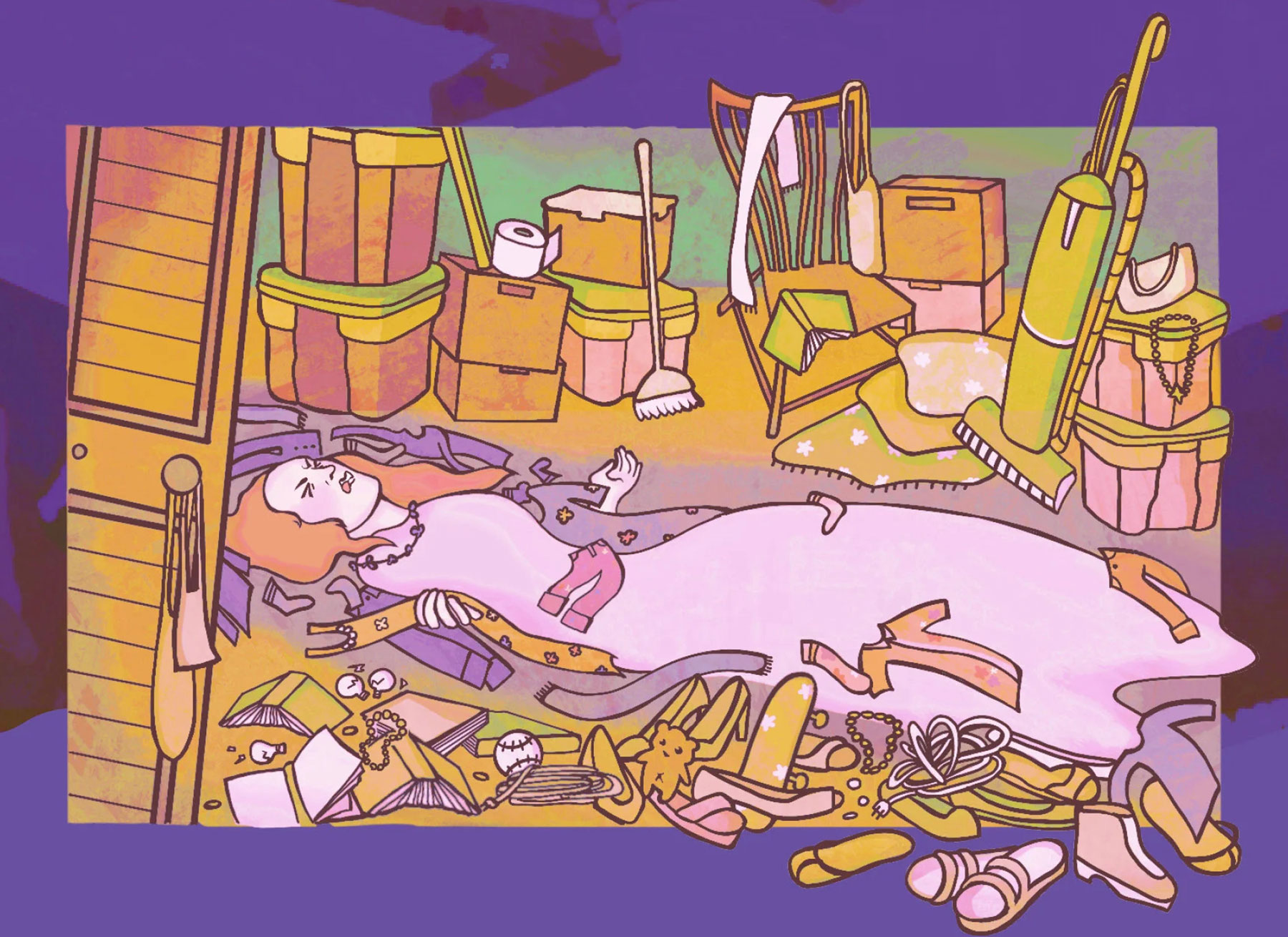
The University of Georgia operates the oldest breeding program in the United States dedicated to the improvement of the muscadine grape. Started in 1909, the UGA program has released over 30 cultivars.
Goals of the program include:
- the development of new cultivars that combine large berry size with perfect flowers
- earlier and later harvest dates
- berries with dry stem scars and edible skins
- increased cold hardiness
Information for Home and Commercial Growers on Available Muscadine Cultivars:
- Our cultivar pages provide pictures and information on the many cultivars we have trialed in our test vineyards.
- On the presentations and papers page, you can review information from our past speeches and publications.
- The related links page is your portal to additional online muscadine information.
- If you need further information or have questions, contact Principal Investigator, Patrick Conner.
(prepared by the UGA Department of Agricultural & Applied Economics)
UGA College of Ag News
Visit the Blog
CAES Field Report
 CAES Field Report
CAES Field Report
 CAES Field Report
CAES Field Report

Posted by Maria Lameiras on Dec 24, 2025
UGA Extension offers expert strategies to declutter your home and restore peace of mind

Posted by Makenna Reavis on Dec 23, 2025
CAES students connect with global leaders during the Borlaug Dialogue and World Food Prize

Posted by Makenna Reavis on Dec 22, 2025
Students cultivate crops and careers in innovative hydroponics greenhouse

